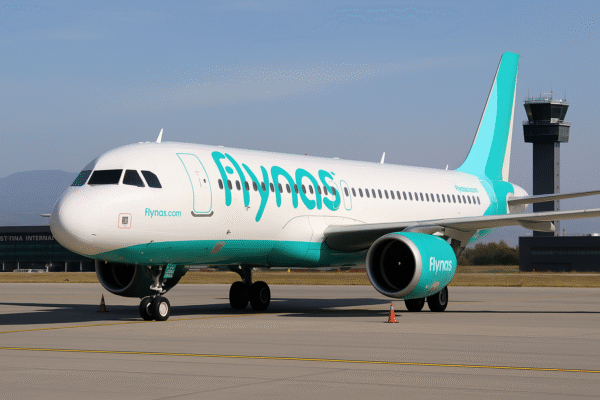Canada is forging a bold new path in Arctic infrastructure and global trade with a transformative plan to develop a new northern shipping corridor through Manitoba, linking the country’s heartland to the Arctic via the deep-water Port of Churchill. Positioned as both a national security priority and an economic opportunity, this initiative underscores Canada’s evolving response to shifting global trade dynamics, climate change, and calls for Indigenous reconciliation.
Nation-Building Through Bill C-5: The Building Canada Act
Central to the plan is the recent passage of Bill C-5, the Building Canada Act, introduced by Prime Minister Mark Carney. This nation-building legislation aims to stimulate long-term economic resilience by investing in critical infrastructure across Canada. Carney emphasized its potential to dismantle interprovincial trade barriers, create jobs, and connect Canadian goods to international markets through diversified routes.
While debates continue over expanding traditional oil and gas pipelines, Carney’s strategy redirects focus toward inclusive infrastructure projects with sustainable benefits. This includes engaging provincial governments and securing Indigenous community support.
Port of Churchill: Gateway to Arctic Trade
At the center of this Arctic initiative is the Port of Churchill, one of Canada’s only two deep-water Arctic ports, alongside Iqaluit. As climate change extends navigable seasons in the Arctic, Churchill is emerging as a viable year-round hub for shipping energy products, critical minerals, and grain exports to Europe and beyond.
Premier Wab Kinew of Manitoba has voiced openness to exploring a pipeline corridor linking southern Canada to Churchill. This northern alternative would reduce reliance on west-east transport routes, offering economic advantages and logistical flexibility. However, Kinew stressed that any developments must meet rigorous environmental standards and pass community consultations.
Indigenous Leadership and Economic Reconciliation
The plan prioritizes economic reconciliation by involving Indigenous communities as equal partners. The Arctic Gateway Group (AGG), an Indigenous-led consortium, already owns and operates both the Port of Churchill and the Hudson Bay Railway. This ownership ensures regional benefits remain with local communities, fostering sustainable development and sovereignty.
First Nations leaders have been integral to discussions around Bill C-5 and future infrastructure. Their involvement sets a precedent for shared leadership, built on trust, consultation, and mutual benefit. Communities such as Rankin Inlet, The Pas, and Chesterfield Inlet are positioned to become key logistical and governance hubs.
Scientific Research and Innovation Fuel the Future
The Churchill Marine Observatory, operated in partnership with the University of Manitoba, is playing a vital role in tracking Arctic climate change and assessing shipping feasibility. Through ice cover modelling, environmental assessments, and drone satellite monitoring, researchers are mapping safe navigation corridors and optimizing vessel access through the Hudson Strait and Northwest Passage.
This fusion of traditional Indigenous knowledge and modern scientific tools will guide responsible maritime expansion and ensure ecological integrity.
Defence and National Security in the Arctic
As Arctic competition intensifies globally, the Port of Churchill’s development also strengthens Canada’s national security. With increased accessibility to Arctic waters, surveillance and territorial control have become paramount. Strategic coordination with NORAD and the Centre for Defence and Security Studies is underway to integrate maritime defense strategies with infrastructure rollouts.
Building resilient infrastructure in the North allows Canada to monitor and defend its sovereignty in increasingly contested waters.
Balancing Environment, Economy, and Equity
Despite the project’s promise, challenges remain. Environmental groups have raised concerns about Arctic ecosystem disruption, urging transparent reviews. Indigenous leaders and environmental scientists alike call for balance between development and stewardship.
Through phased implementation, robust consultation, and adherence to sustainability frameworks, Canada aims to craft a model that respects people, planet, and prosperity.
Conclusion: A Blueprint for Arctic Resilience and Economic Independence
Canada’s Arctic shipping strategy via Northern Manitoba and the Port of Churchill stands as a visionary leap forward in infrastructure, reconciliation, and global competitiveness. With leadership from Indigenous communities, scientific institutions, and federal agencies, this project could redefine Canada’s northern identity.
By connecting Canada’s natural resources to global markets while safeguarding its Arctic sovereignty and ecosystems, the plan charts a bold course for a resilient, inclusive, and secure northern future.
For more travel news like this, keep reading Global Travel Wire






















